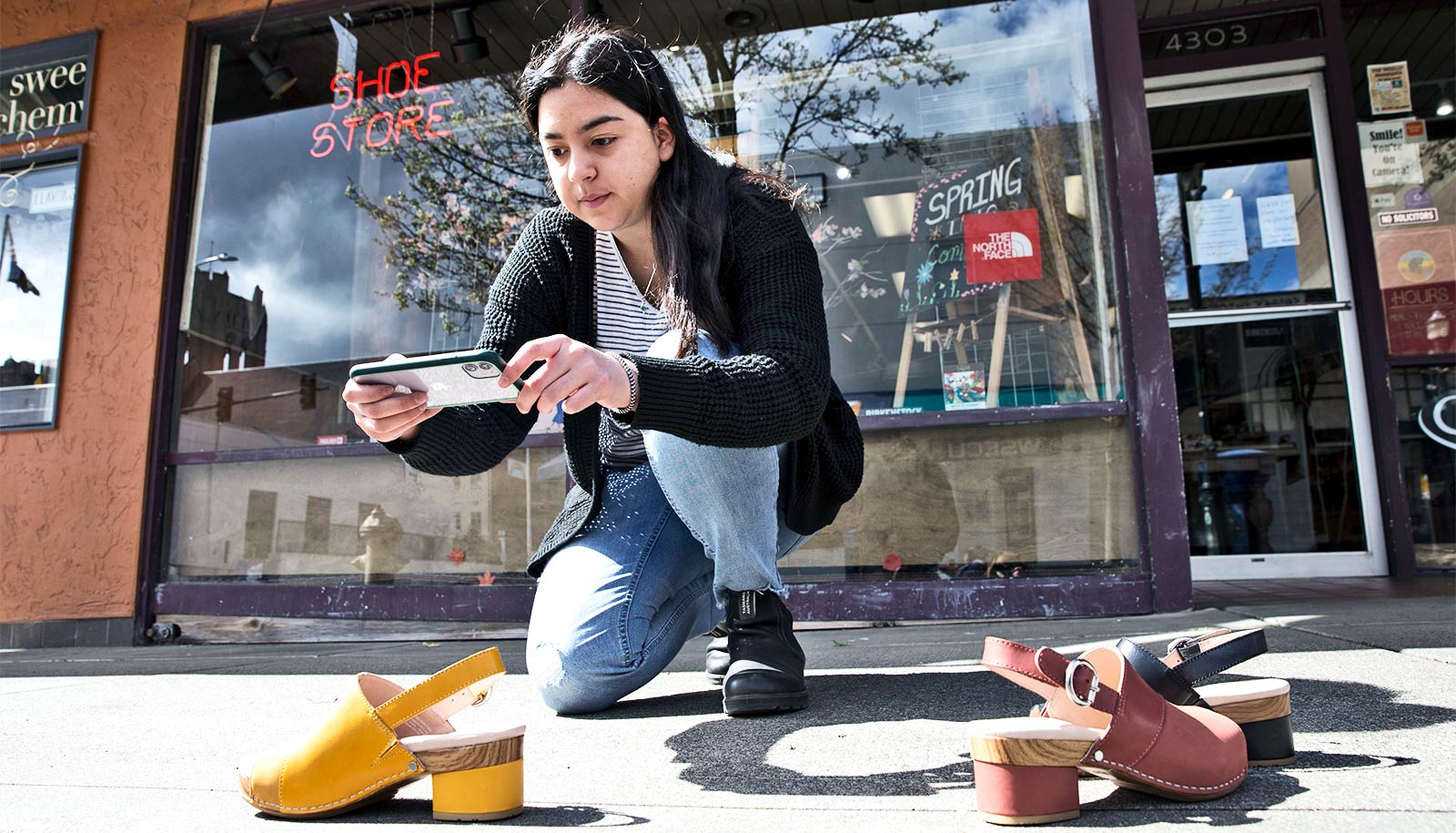Around two-thirds of Americans cannot work from home during the COVID-19 pandemic, according to new research.
Evaluating the economic impact of “social distancing” measures taken to arrest the spread of COVID-19 raises a number of fundamental questions about the modern economy: How many jobs can be performed at home? What share of total wages are paid to such jobs? How does the scope for working from home vary across cities or industries?
“Social distancing is difficult for everyone, but some people and sectors are disproportionately hurt,” says Brent Neiman, a professor of economics at the University of Chicago’s Booth School of Business.
“Most jobs in finance or insurance have a chance to continue with some degree of normalcy through the crisis, as they can be performed at home away from others. For just about everyone that works in hotels or restaurants, this is not an option.”

By analyzing surveys about the nature of people’s jobs, the researchers classified whether that work could take place at home. The researchers then merged these job classifications with information from the Bureau of Labor Statistics on the prevalence of each occupation in the aggregate, as well as in particular metropolitan areas and industries.
This analysis reveals that 34% of US jobs can plausibly be performed at home. Assuming all occupations involve the same hours of work, these jobs account for 44% of all wages (occupations that can be performed at home generally earn more). They found there is significant variation across cities.
“Our findings are significant, that two-thirds of US jobs cannot plausibly be performed at home,” says Jonathan Dingel, an associate professor at the Booth School of Business at the University of Chicago.
“As the COVID-19 pandemic forces us to pause the face-to-face economy, some cities are better positioned to cope than others based on the fraction of their jobs that might be done from home.”
The study reveals that more than 40% of jobs in San Francisco, San Jose, Austin, and Washington, DC can be performed at home, compared with fewer than 30% in Fort Myers, Grand Rapids, and Las Vegas.
In additional to geographic differences, the researchers also found large differences across industries. A large majority of jobs in finance, corporate management, and professional and scientific services can take place at home. Not surprising, very few jobs in agriculture, hotels, retail, or restaurants can be done remotely.
Source: University of Chicago



